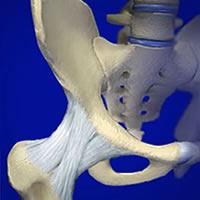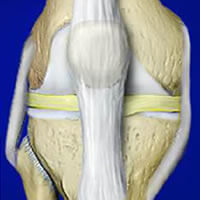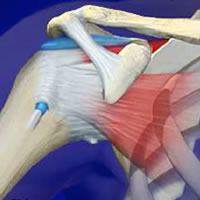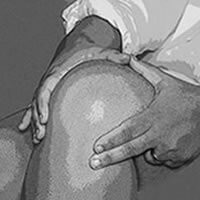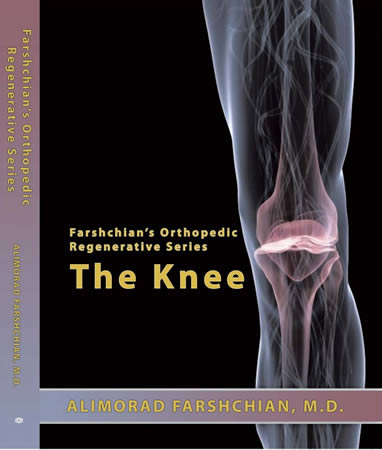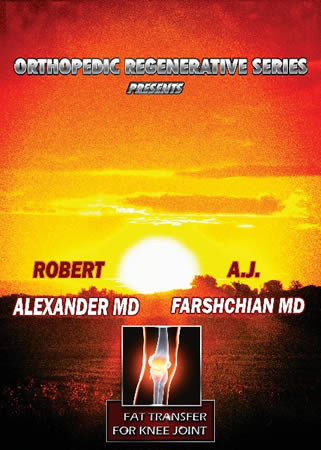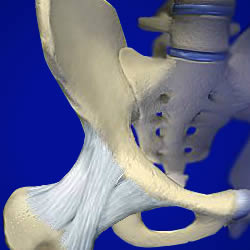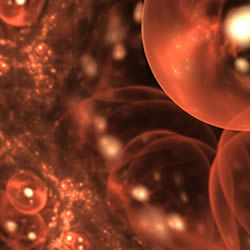Plica Syndrome
- Home
- Case Studies
- Plica Syndrome

Plica Syndrome
A patient with no history of knee problem in the past presents to the center with the complaint of knee pain for the past two weeks. He describes the pain to be mostly at level of medial site (medical lingo: inner part), "knee feels weak and wants to give away". Past medical history is unremarkable, He does not smoke, but he drinks alcohol socially. Anti-inflammatory and 3 sessions of physical therapy have helped somewhat. On Physical exam there is minimal edema (medical lingo: swelling) and there is point tenderness on palpation and a tender movable mass (about 1/4 inch in diameter) at the level of femoral condoyle).
Discussion: Plica (pronounced PLI-KAH) is the remnant synovial tissue and a thin wall of fibrous tissue that are extensions of the synovial capsule of the knee. During embryonic stage, the knee is divided into three separate compartments. As the fetus develops these compartments develop into one large protective cavity ( which is the same as synovial membrane). Most often the plica is on the medial (inside) of the knee at the level of the medial femoral condyle. Most individuals are not adversely affected by the presence of plicas. It could be inflamed by overuse or injury. Injury, chronic overuse, or inflammatory conditions are associated with development of this syndrome. This syndrome typically produces pain and swelling, a clicking sensation, locking and weakness of the knee is possible as well. Since the symptoms are similar to symptoms of some other knee problems such as arthritis, meniscus tear or ligament injuries, Plica syndrome usually is not part of diagnostic diffrentials and it may lead to further surgeries and possible total knee replacement Diagnosis could be confirmed after all the other knee related entities is ruled out.
Case Study Date: 11/19/2007







